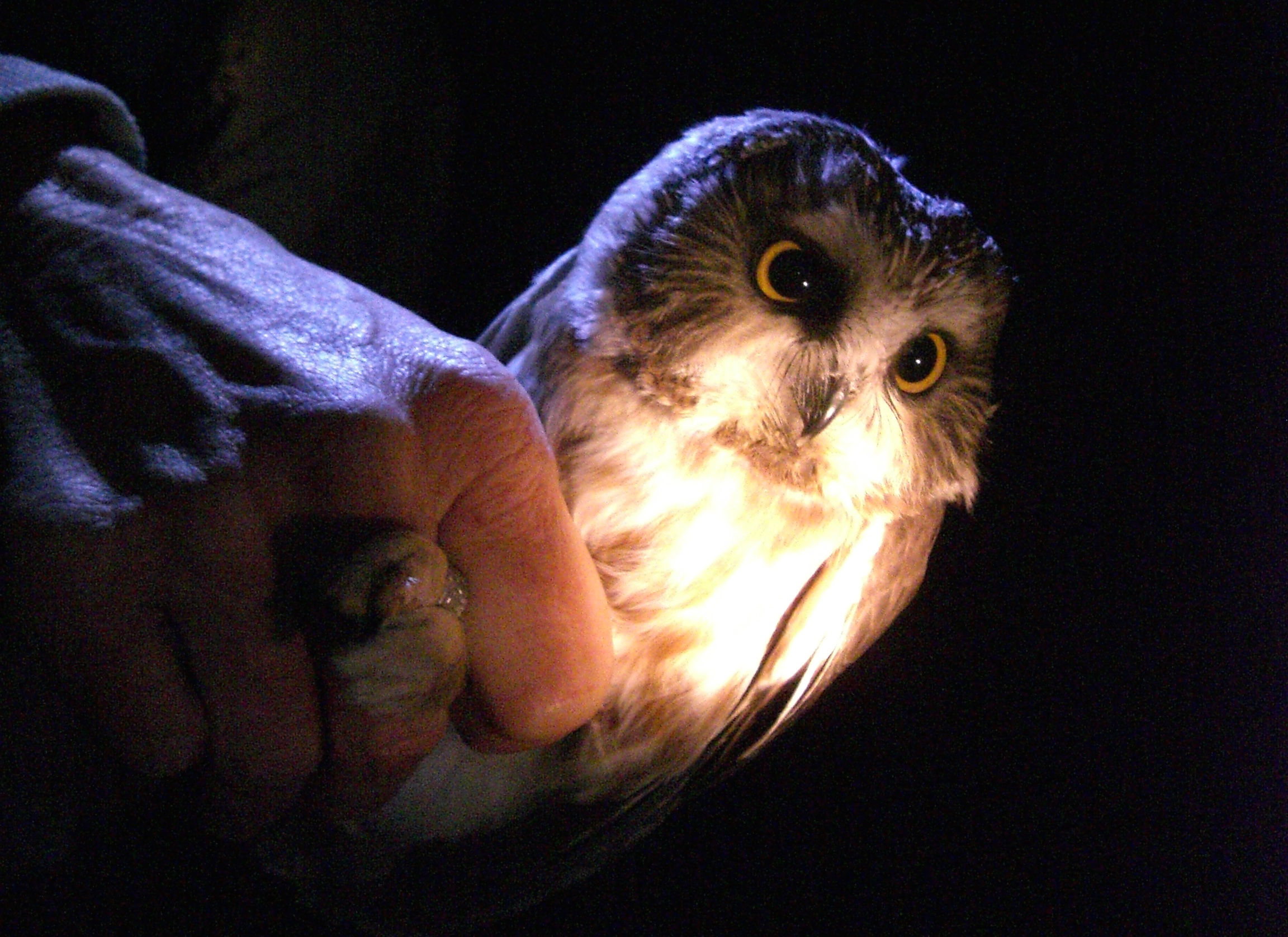
Owls. Little downy Ewoks. Fat and fusiform with big round eyes, legs feathered like miniature pilot pants in a stiff wind, perhaps a pair of droopy tuft ears. What is more trustworthy than droopy tuft ears? They appear as if they will take your deepest secrets to the grave. Perhaps this is why owls decorate a wide variety of hipster girl paraphernalia.
But beware, because owl tufts are not really ears. And this is where the treachery begins. Instead, owl ears are clandestine, twisted caverns, buried out of sight on either side of the bird’s sinisterly rounded skull. Worse, one is high, and one, low – an asymmetry that allows owls to triangulate on the exact location of sounds. Sounds made by things they will snab with their razor sharp talons and eviscerate with weird, hooked little nose-job beaks. Things like…YOU. Continue reading
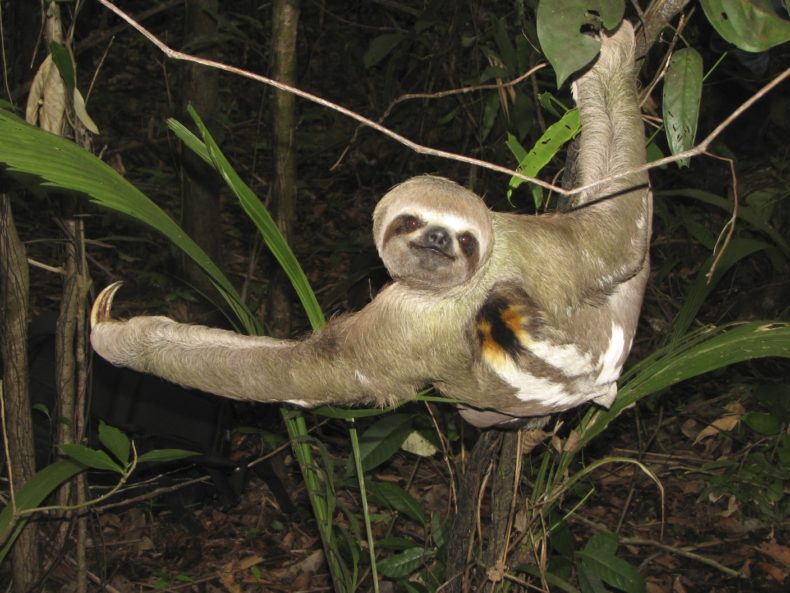
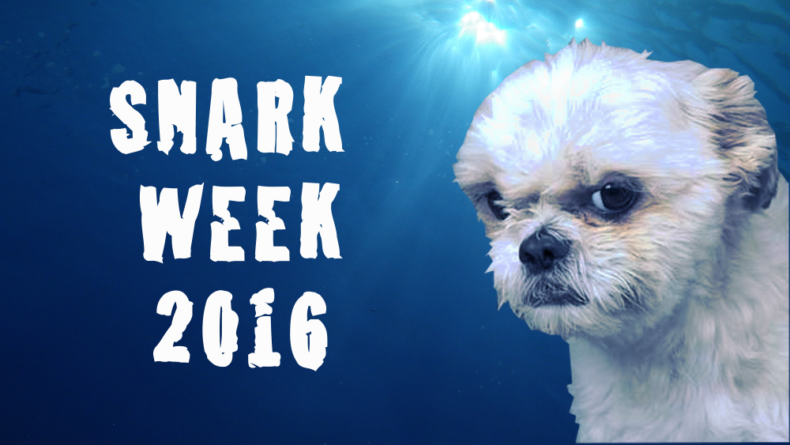

 I love that graduation speeches are now posted on the internet. Listening to them, the good ones, I can’t help but feel a little bit of that helium of opportunity and promise that I once had, in early summer, when I was the one who got to walk across the stage.
I love that graduation speeches are now posted on the internet. Listening to them, the good ones, I can’t help but feel a little bit of that helium of opportunity and promise that I once had, in early summer, when I was the one who got to walk across the stage.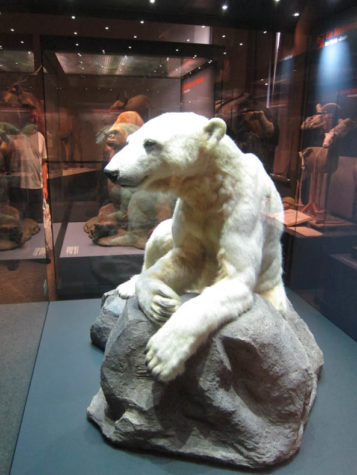
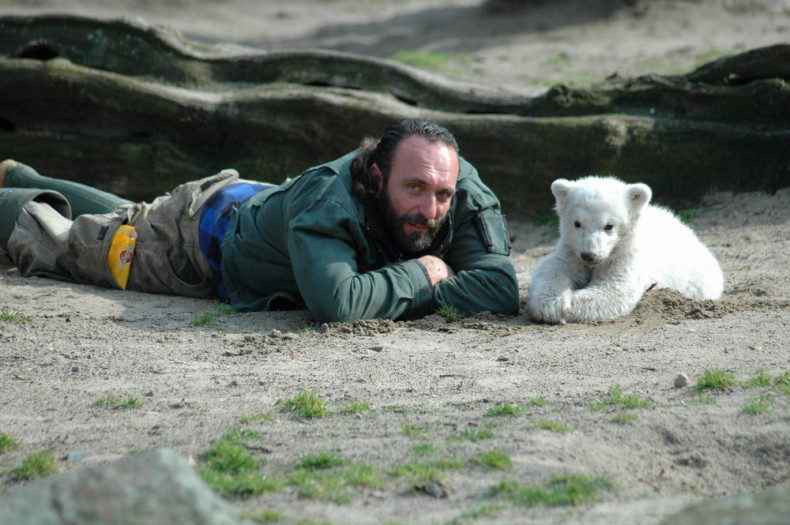

 June 13-17, 2016
June 13-17, 2016